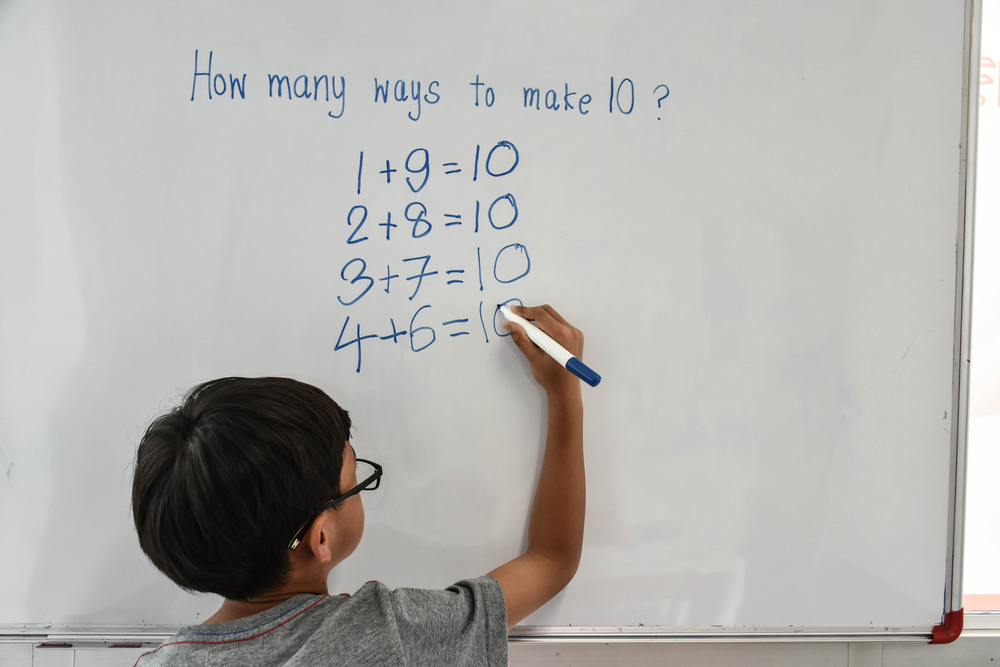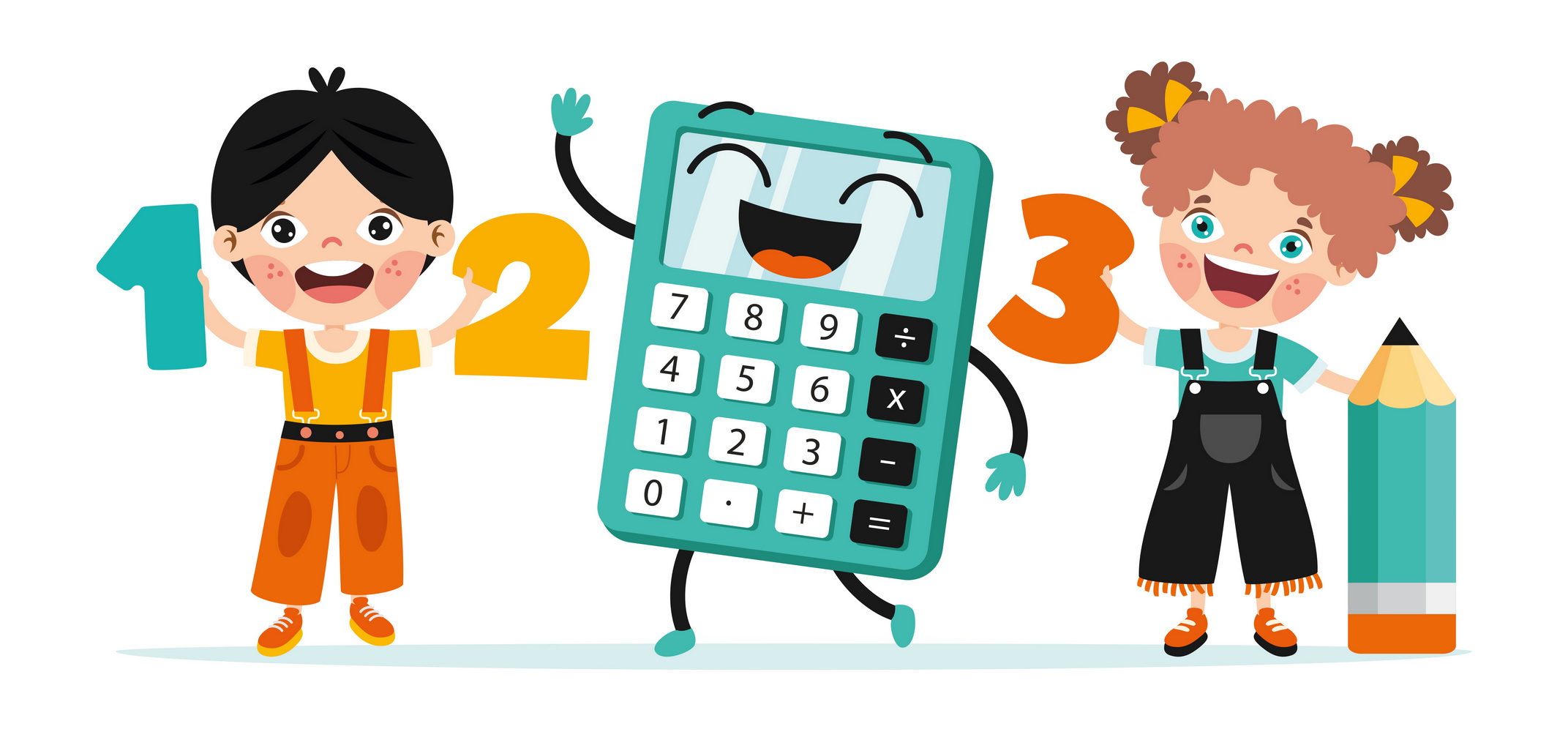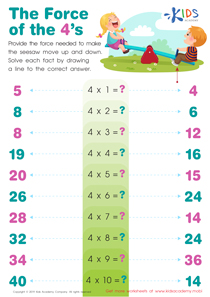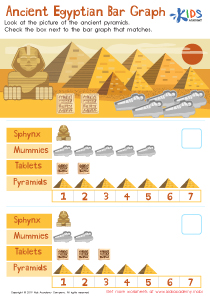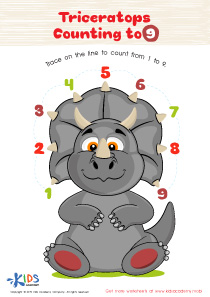Shape Recognition Easy Math Worksheets for Ages 5-7
17 filtered results
-
From - To
Welcome to our Shape Recognition Easy Math Worksheets, designed specifically for children ages 5-7. These engaging and interactive worksheets help young learners identify and understand various shapes while enhancing their math skills.Each activity is crafted to be visually appealing and age-appropriate, making learning enjoyable and effective. Our resources support early education by strengthening essential skills in a fun way, paving the path for future math proficiency. Perfect for classrooms or at-home practice, these worksheets promote cognitive development and foster a love for learning. Dive into shape recognition exercises and help your child build a strong foundation in math today!


Cone Hide-and-Seek Worksheet
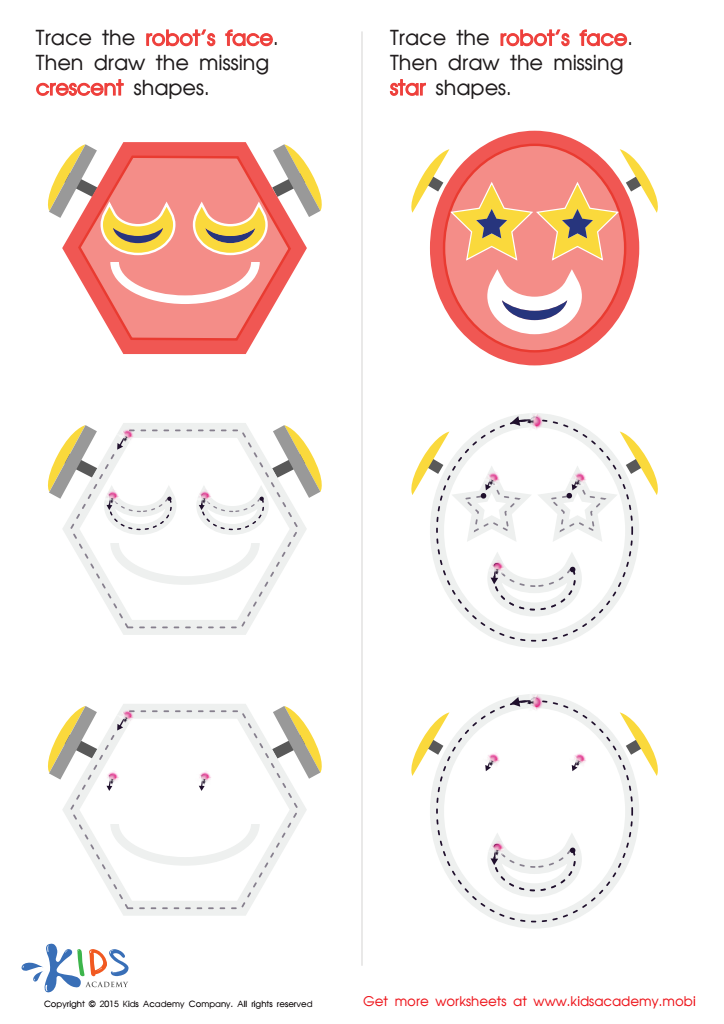

Composing a Robot's Face of Crescents And Stars Worksheet
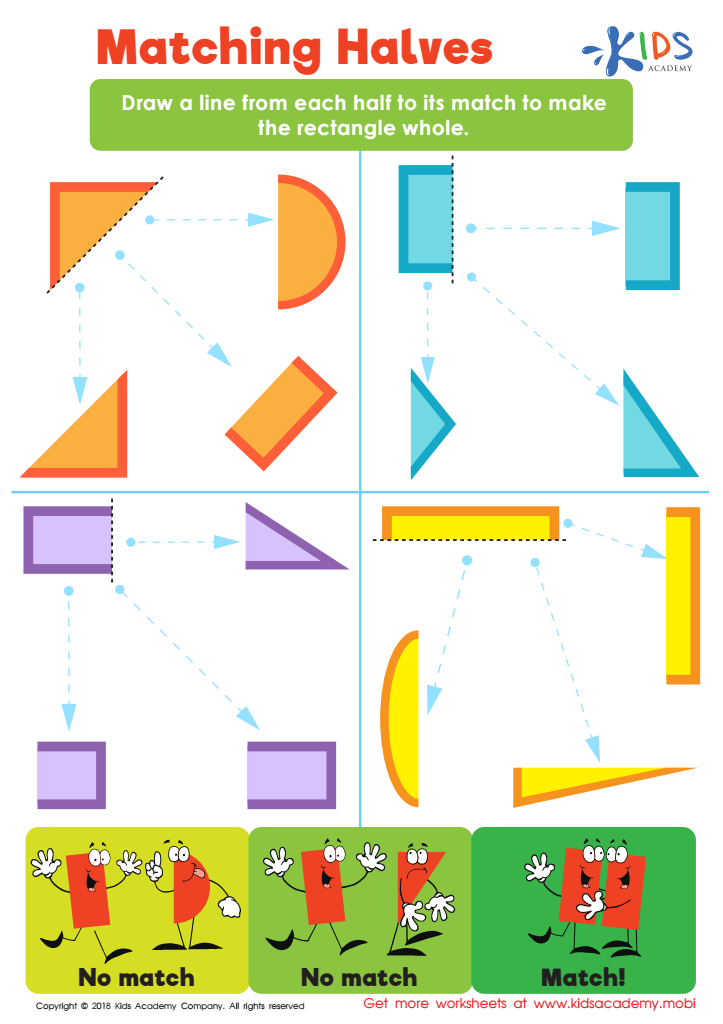

Matching Halves Worksheet


Faces of 3D Shapes Worksheet
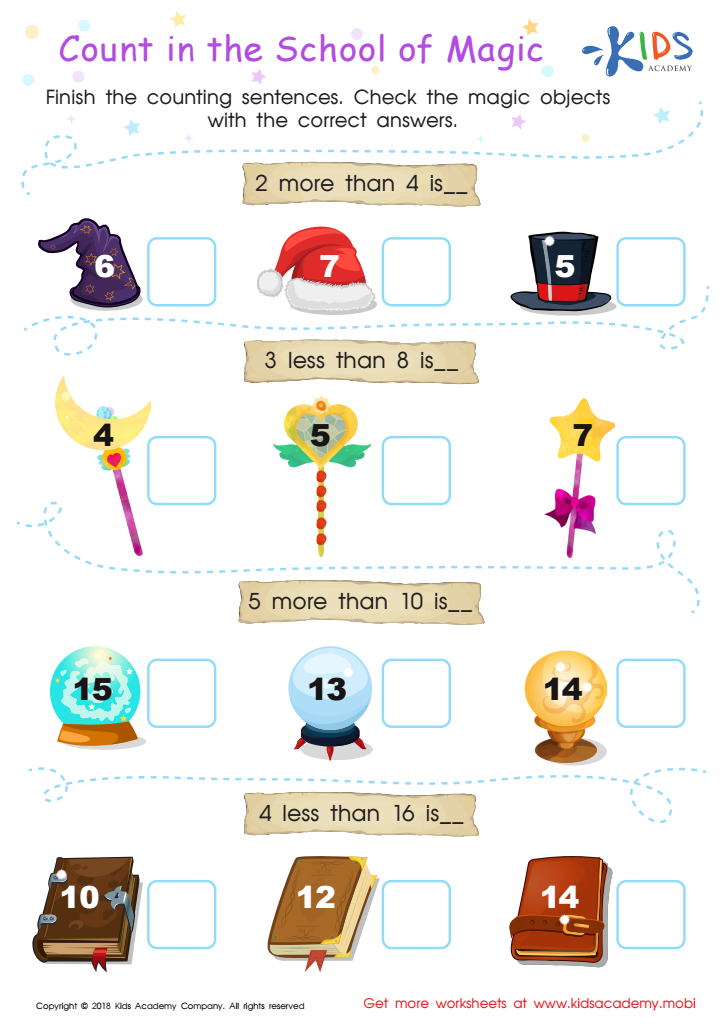

Count in the School of Magic Worksheet
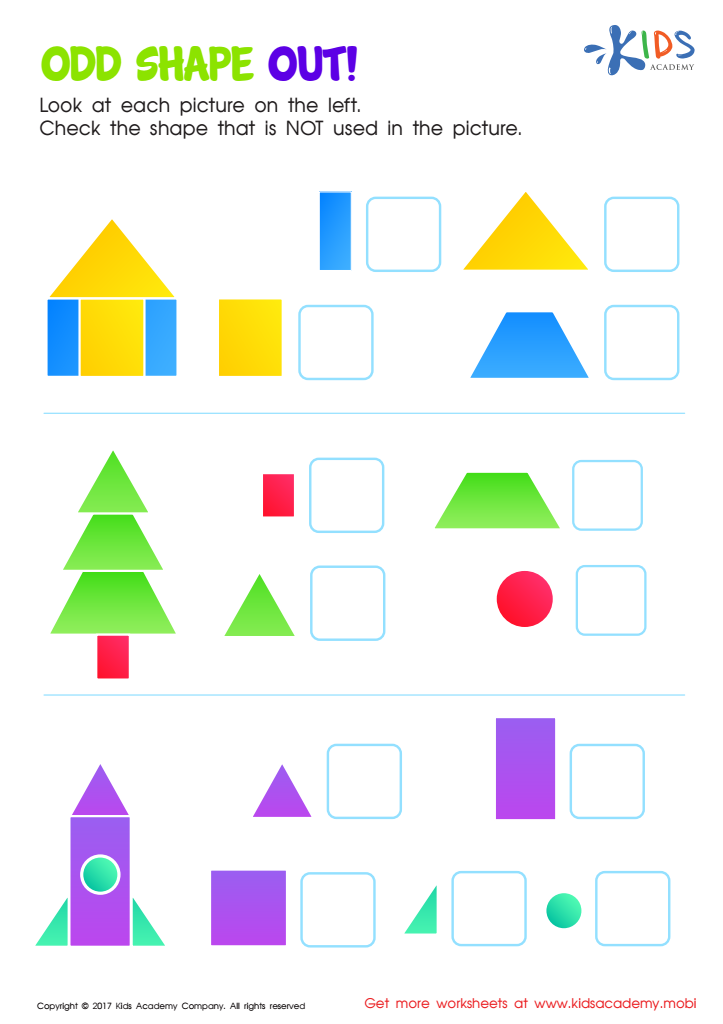

Odd Shape Out Worksheet for Grade 1


Counting Shapes Worksheet
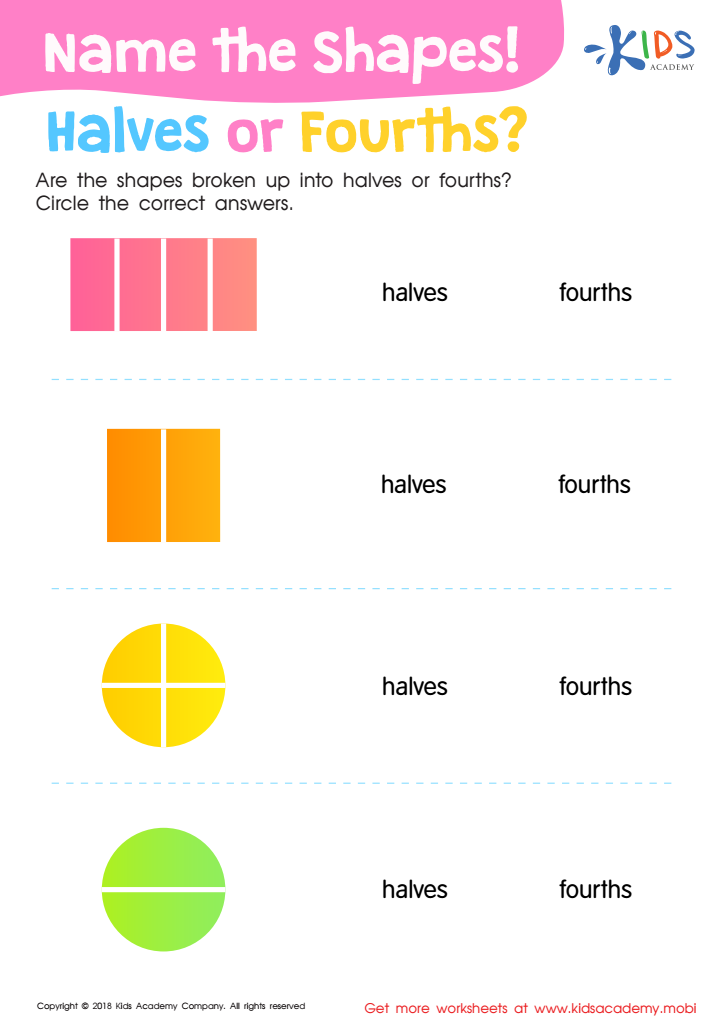

Name the Shapes Halves or Fourths? Worksheet
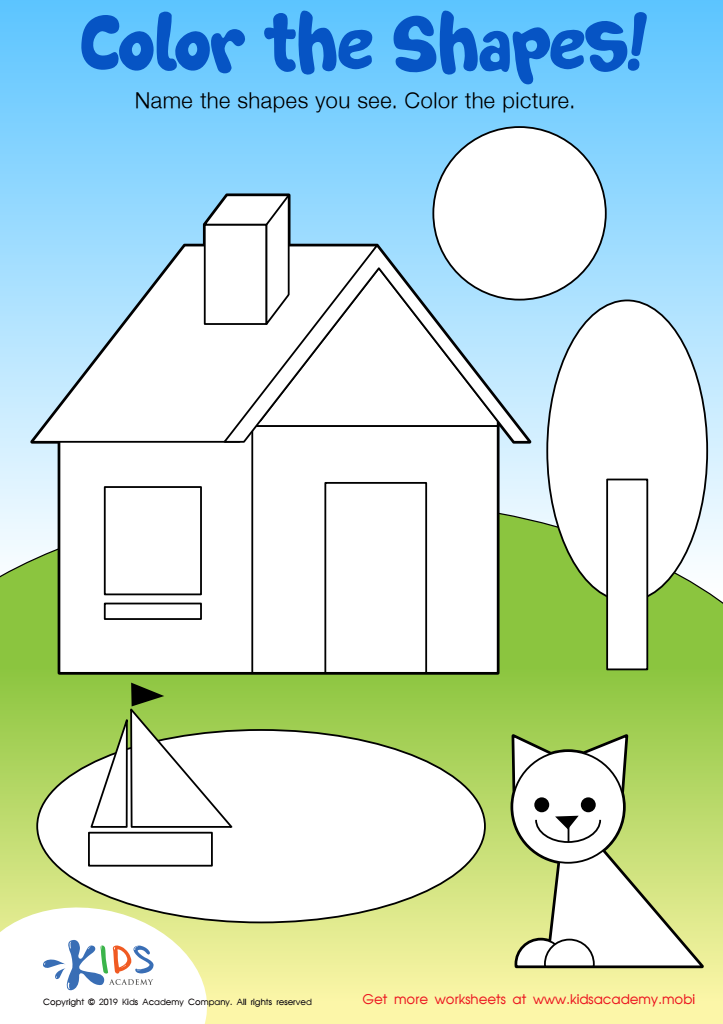

Color the Shapes Worksheet
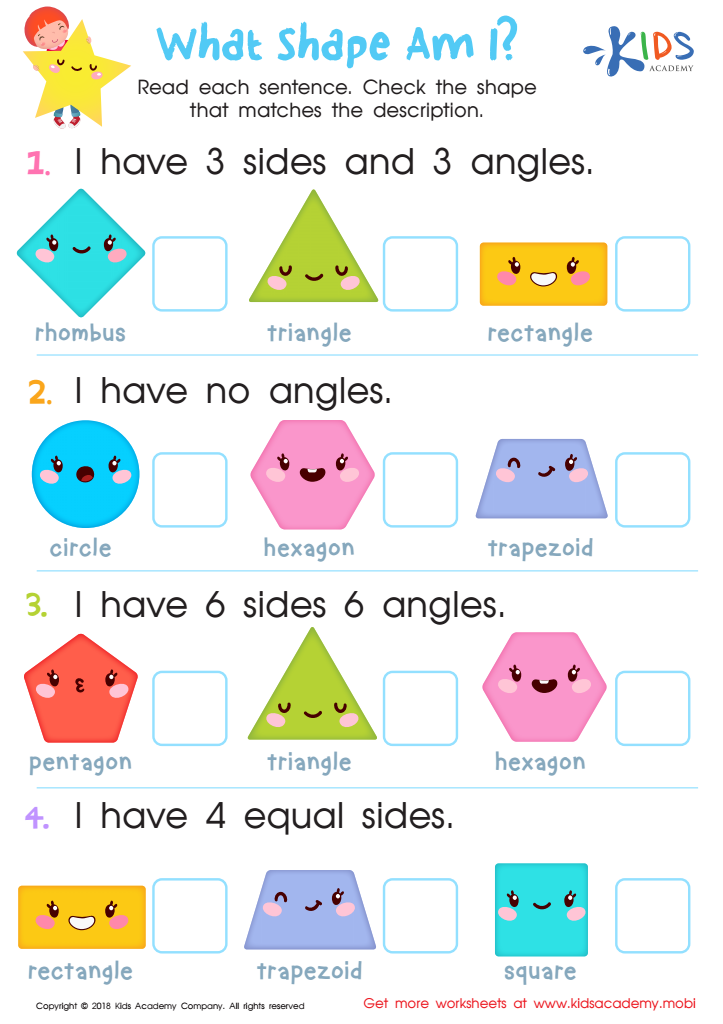

What Shape Am I? Worksheet
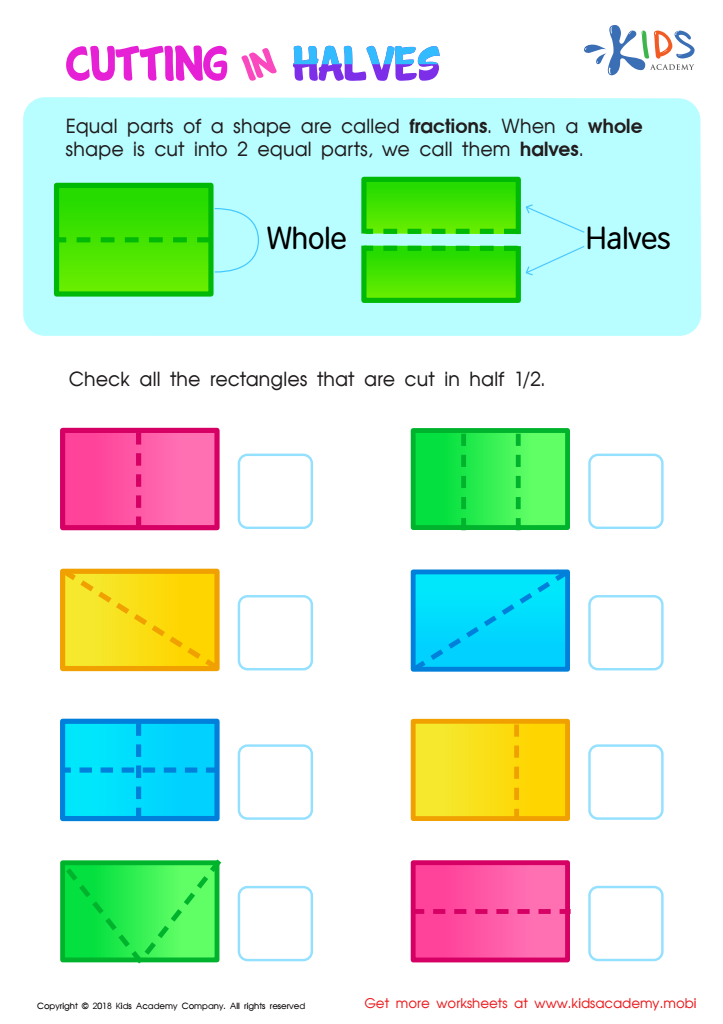

Cutting in Halves Worksheet
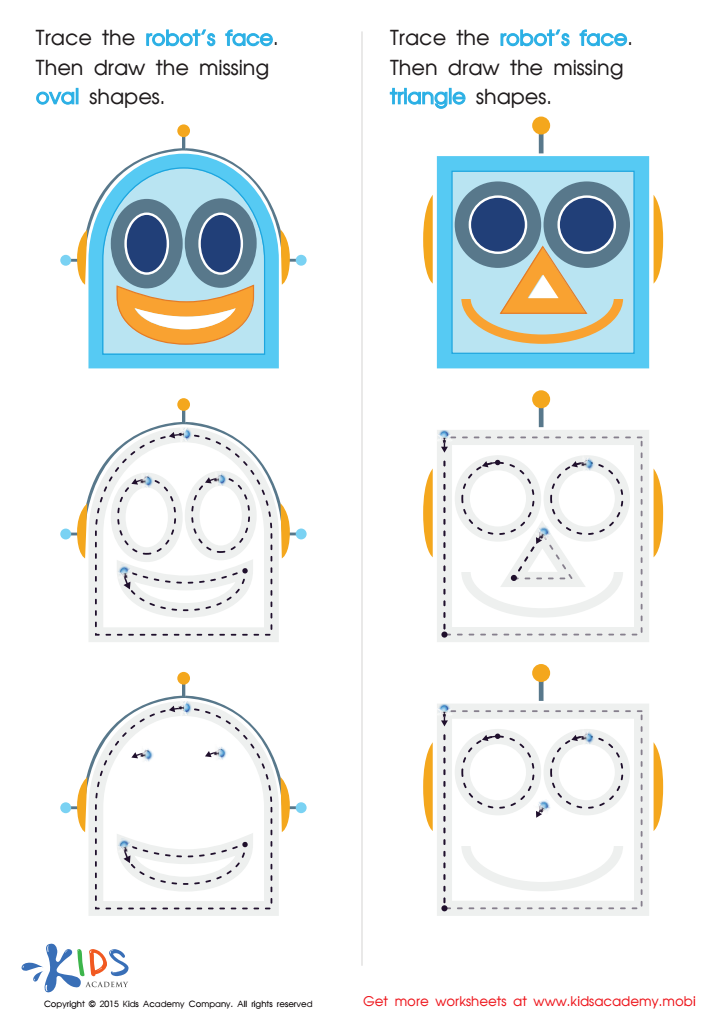

Drawing Ovals And Triangles with Fun Printable
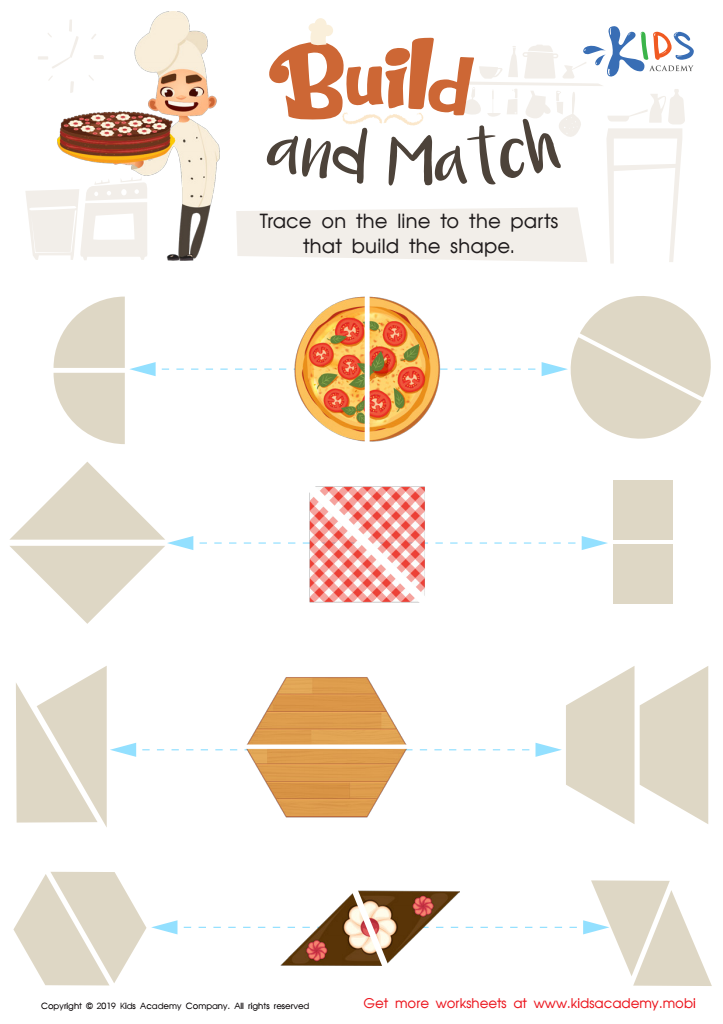

Build and Match Worksheet
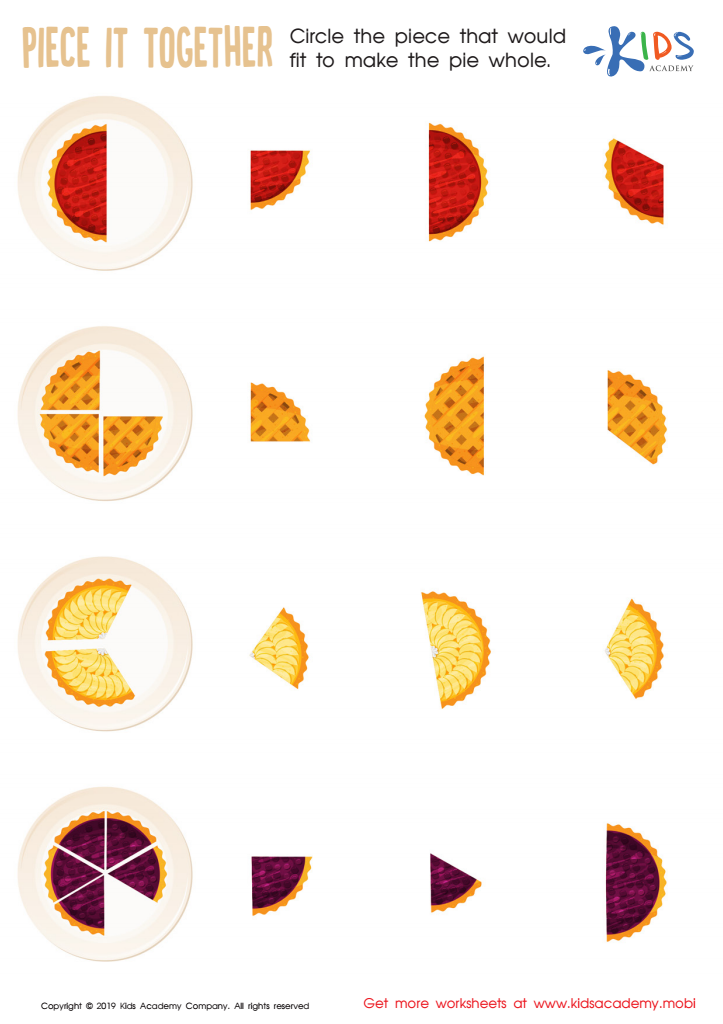

Piece it together Worksheet
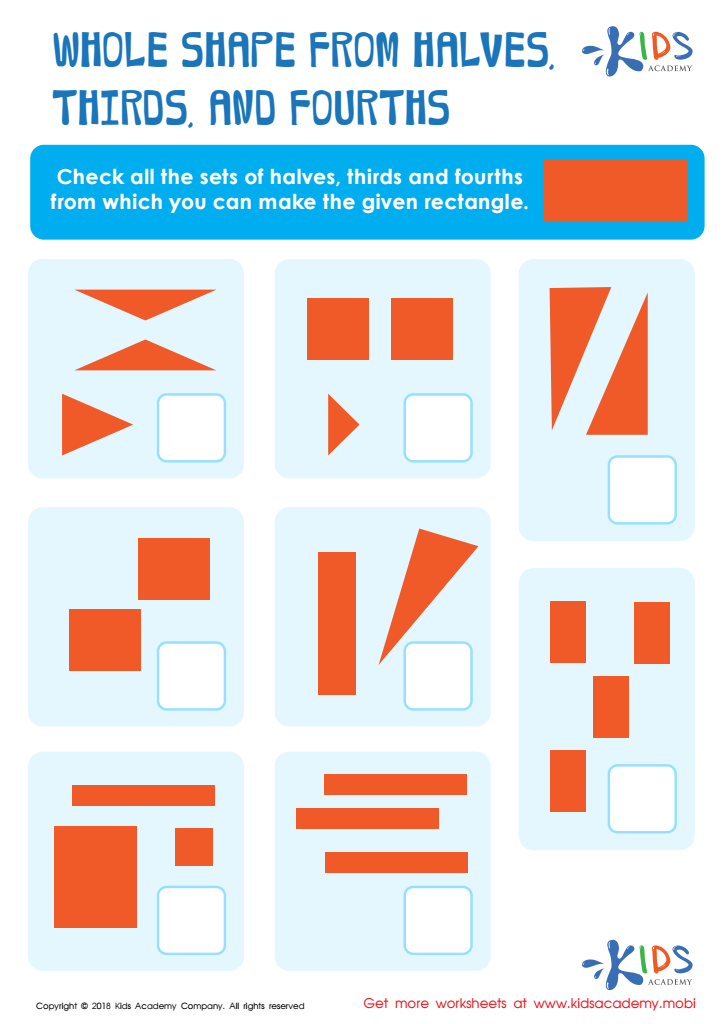

Whole Shape from Halves, Thirds and Fourths Worksheet
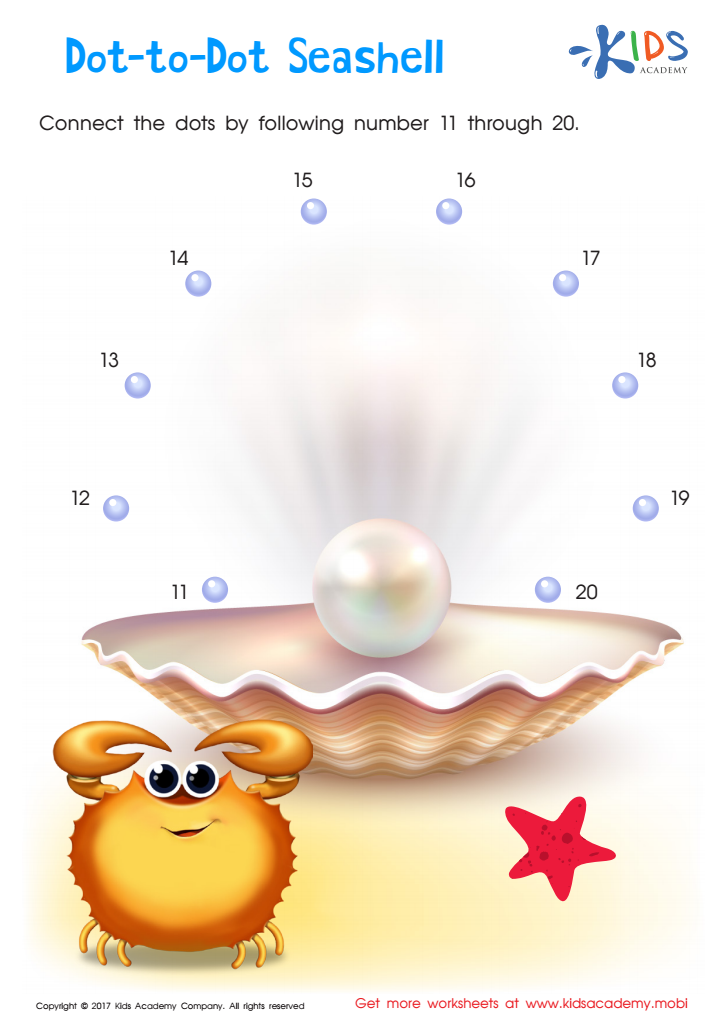

Ordering 11–20: Dot–to–dot Seashell Printable
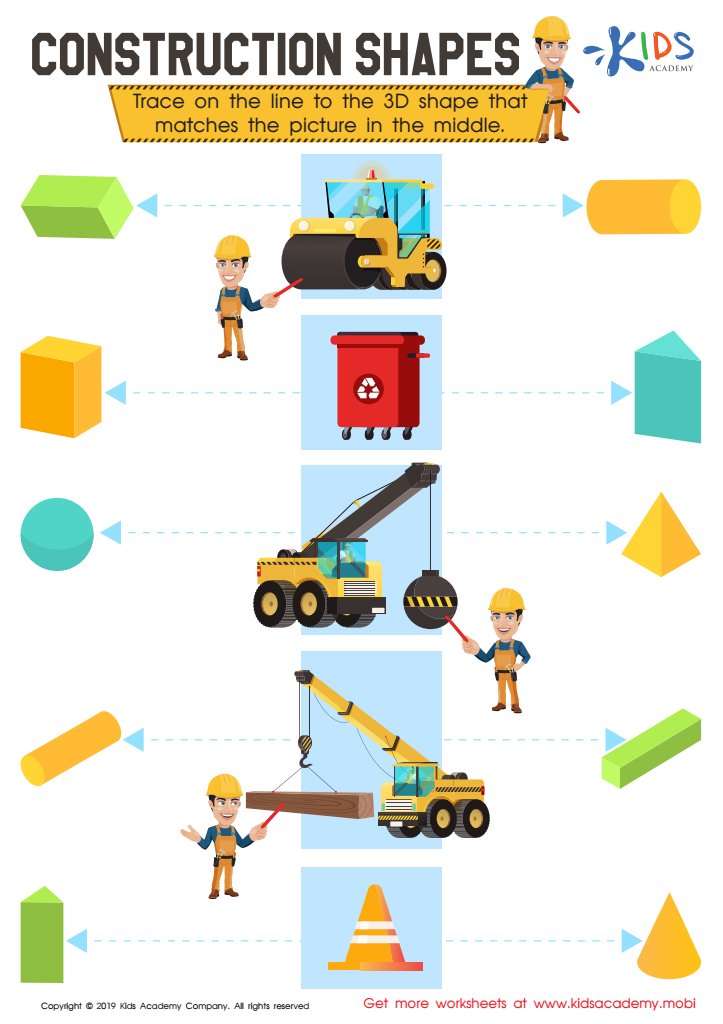

Construction Shapes Worksheet
Shape recognition is a fundamental skill that lays the groundwork for children’s understanding of geometry and mathematics overall. For parents and teachers of children aged 5-7, investing time in activities that promote shape recognition is essential for several reasons.
First, it enhances cognitive development. Recognizing and categorizing shapes helps children to develop critical thinking skills as they learn to identify, compare, and organize information. This foundational skill feeds into more complex mathematical concepts later on.
Second, shape recognition improves spatial awareness, which is vital for everyday tasks, like navigation and problem-solving. Children learn to visualize and manipulate objects in their minds, fostering creativity and engineering skills.
Third, engaging in shape-related activities supports language development. As children learn to describe shapes, they expand their vocabulary and communication skills. Describing attributes, such as “round,” “square,” or “triangular,” sparks discussions that boost learning.
Furthermore, early math knowledge helps build confidence. When children successfully identify and manipulate shapes, they reinforce their self-esteem and motivation in learning environments.
Ultimately, by prioritizing shape recognition, parents and teachers play a crucial role in setting the stage for children's future academic success and real-world applications in math.
 Assign to My Students
Assign to My Students









